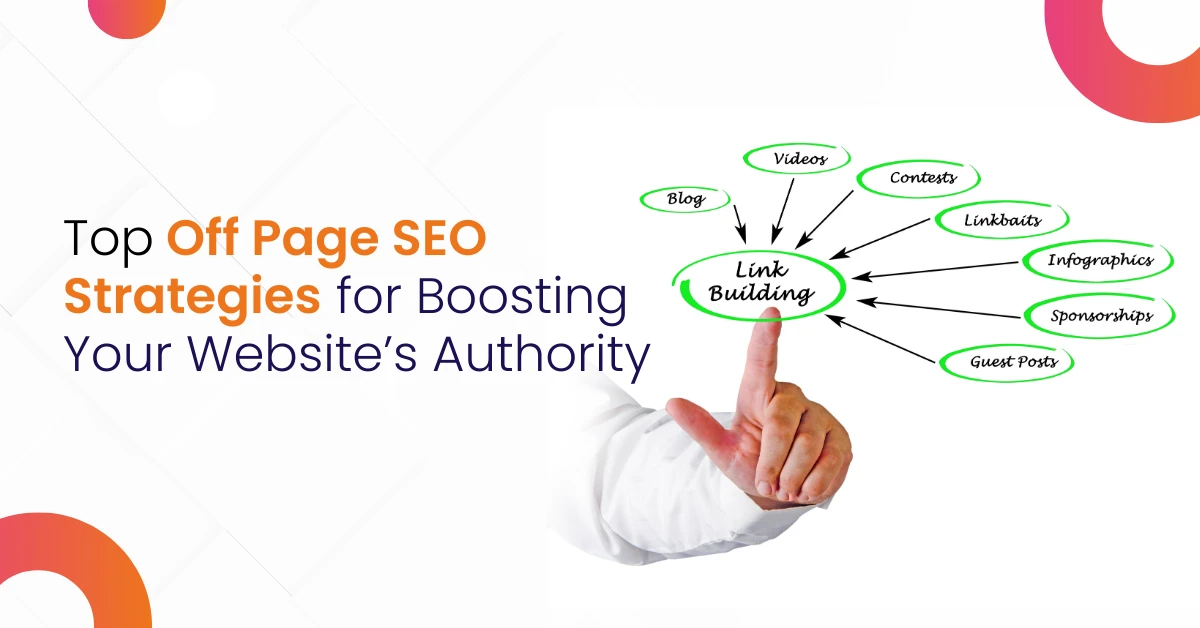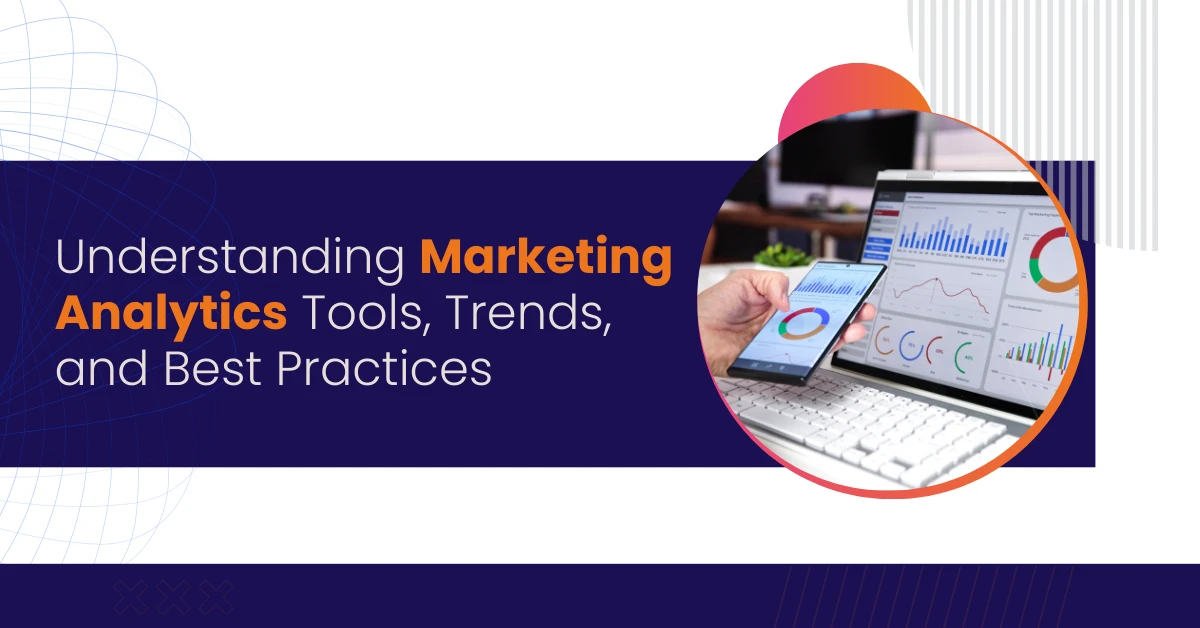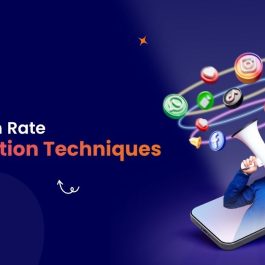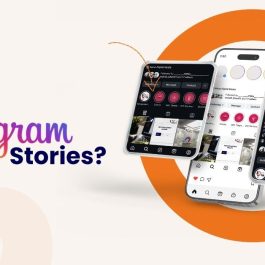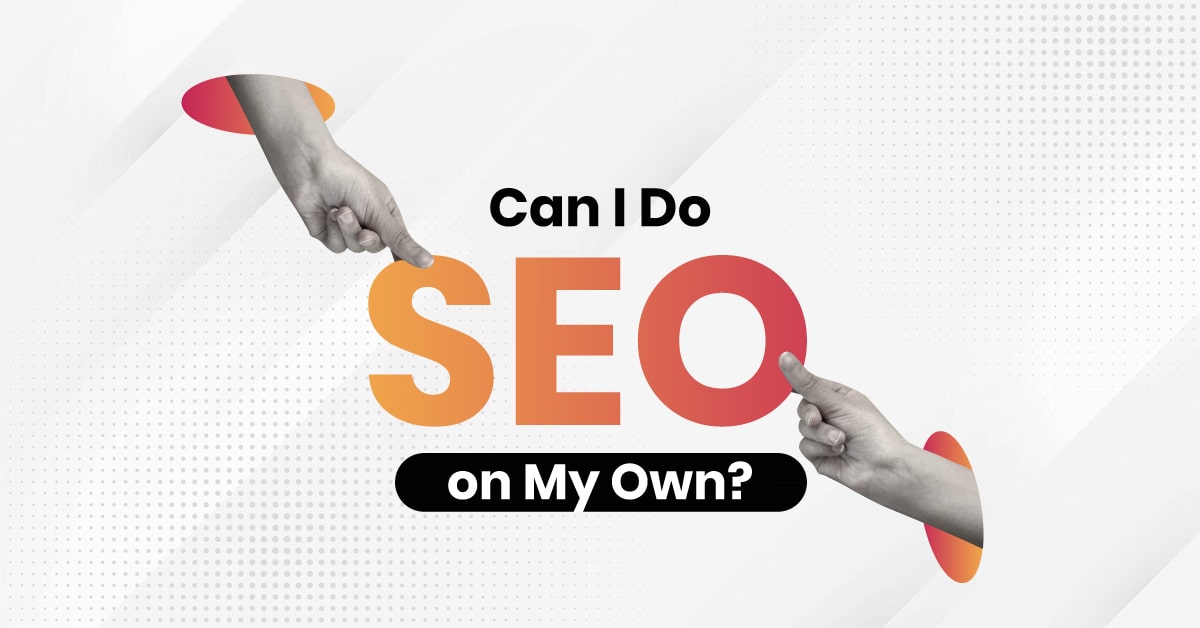7 min read
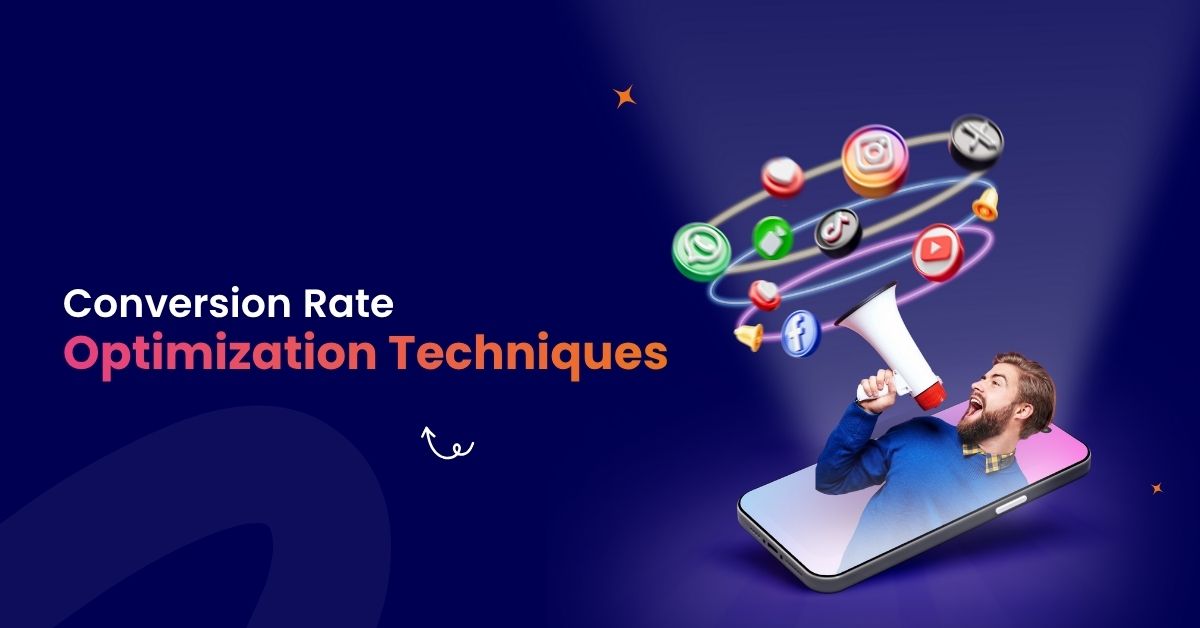
Convert more website visitors into paying customers using structured conversion rate optimization techniques that guide people from awareness to action.
Most companies focus on bringing more website traffic through ads and SEO. But high traffic alone does not guarantee results. To grow revenue, users must take a desired action, such as signing up, requesting a quote, buying a product, or booking a demo. This is where conversion rate optimization (CRO) becomes valuable.
CRO improves the customer journey. It removes confusion, builds trust, highlights value, and encourages visitors to act. With the right approach, brands can boost conversions without increasing ad spending. This means you get more value from the same number of website visitors.
At Varun Digital, we apply CRO strategies supported by analytics, UX enhancements, user feedback, and AI-driven insights. These steps help companies convert visitors into paying customers and achieve long-term success.
In this guide, you will learn simple conversion rate optimization strategies to improve landing pages, product pages, checkout pages, and more.
Table of Contents
What Is Conversion Rate Optimization?
Conversion rate optimization is the practice of improving web pages so that more users complete a conversion goal. A conversion goal can be anything important to your business: filling a sign-up form, making a purchase, booking a demo, subscribing to a newsletter, or submitting contact info.
The conversion rate optimization process uses UX behavior, performance data, and structured testing to improve your site’s conversion rate. Instead of chasing more website traffic, CRO helps you get more value from your existing audience. When visitors understand your value proposition and feel confident about the next step, conversions rise.
Why CRO Works
If your website receives 10,000 visitors monthly and your average conversion rate improves from 2% to 4%, conversions double. This shows how CRO increases revenue without increasing cost.
Why Conversion Rate Optimization Matters
The digital world offers many options. Users switch websites quickly if they feel stuck or confused. Even interested visitors are unlikely to return.
CRO helps prevent this loss. It improves the conversion funnel so users feel confident moving forward.
CRO supports:
- Lower cost per lead
- Higher revenue
- Better user engagement
- Stronger funnel performance
- More qualified leads
It also supports search engine optimization. When users stay longer, explore more web pages, and complete actions, search engines recognize positive signals. These signals improve search engine ranking and increase chances of appearing on the search engine results page (SERP).
Search engines reward websites that offer good UX, fast load times, clear messaging, and relevant content. CRO supports all of these factors.
How To Calculate Conversion Rate
Conversion Rate = (Number of Conversions ÷ Total Website Visitors) × 100
Example:
If 1,00 people visit a landing page and 5 complete your conversion goal, your conversion rate is 5%.
Benchmarks:
- Typical average conversion rate: 2–5%
- Strong CRO websites: 8–12%+
Even small improvements in conversion rates can create major business results.
Conversion Rate Optimization Techniques
Below are proven rate optimization methods that help turn visitors into paying customers.
1) Improve User Experience
A smooth experience encourages visitors to explore, trust, and take action.
i. Faster Load Speed
Slow page load time increases bounce. A fast site improves engagement across desktop and mobile devices. Compress images, minimize code, and reduce heavy scripts to improve performance.
ii. Mobile-First Layout
Many visitors are mobile users. A mobile-friendly layout with readable text, simple navigation, and clear CTAs encourages people to act. When content adjusts to screen size, conversions improve.
iii. Simple Navigation
Users should find information quickly. A clean structure reduces friction and supports the conversion funnel. When navigation feels easy, they continue deeper into the site.
iv. Visual Hierarchy
People scan before reading. Place your main value, benefits, and calls to action near the top. A simple layout helps conversion optimization succeed.
These UX improvements support conversion rate optimization examples across industries.
2) Better Content + Messaging
Strong messaging answers user questions and builds confidence.
i. Clear Value Proposition
Your website should explain what you offer, who it helps, and why it is better. When visitors understand your value, they convert faster.
ii. Customer Testimonials + Social Proof
People trust real results.
Display customer testimonials and reviews near decision points. These improve trust and encourage visitors to act.
iii. Display Security Badges Prominently
Security signals matter.
Show SSL icons, secure checkout badges, and guarantees. When you display security badges prominently, people feel safe and complete forms more often.
3) Improve Key Pages
Some pages have a stronger influence on conversion. Improving these pages helps lift performance quickly.
i. Landing Pages
A well-built landing page speaks to user pain points and presents a clear solution. A focused CTA encourages conversions. Bullet points help users understand benefits quickly within your blog post.
ii. Pricing Pages
Simple pricing pages help users decide faster. Highlight benefits and display plan differences. If your pricing page confuses users, they leave.
iii. Product Pages
Use helpful details, strong copy, high-quality product images, FAQs, reviews, and clear CTAs. Good page layouts help remove confusion.
iv. Checkout Page
A smooth checkout boosts sales.
Provide multiple payment options and a guest checkout option. This makes the buying process easier and supports conversion optimization.
These improvements help increase conversions with your existing traffic.
4) Reduce Form Friction
Long forms create drop-offs.
Ask only what you need.
Shorter forms encourage completion. If you need more data, use multi-step forms. The first step feels easy, so users complete it. As a result, CRO success grows quickly.
5) Test Everything
CRO is most effective when supported by testing.
Testing helps you understand what your audience prefers, so your decisions rely on data rather than guesswork.
A/B Testing (Split Testing)
A/B testing compares two versions of a page element—such as a CTA, headline, image, or layout—to see which performs better.
Consistent split testing helps improve conversion rates because every improvement is based on real user responses.
Testing different offers, page layouts, and benefits helps you turn more potential customers into paying customers.
6) Use CRO Tools + Web Analytics
CRO tools help you understand what users do on your site.
This information guides changes that improve your site’s conversion rate.
Common conversion rate optimization tools include:
- Google Analytics
- Hotjar
- VWO
- FullStory
- Microsoft Clarity
A web analytics tool tracks performance and reveals which web pages perform best.
Heat maps show where users click, stop scrolling, or ignore important elements.
These insights help improve conversion optimization.
When you combine analytics tools with user testing, your optimization strategy becomes stronger. These insights drive powerful improvements across key metrics.
7) Better Checkout Experience
Checkout is where revenue happens.
If the experience feels slow or confusing, users leave without buying.
To improve results, simplify forms, reduce steps, and remove distractions.
Provide multiple payment options so users can choose the method they trust.
Add trust signals such as:
- Secure payment badges
- SSL icons
- Money-back guarantees
These details encourage visitors to finish their purchase, helping your brand increase conversions.
8) User-Focused Research
Talking to users helps you understand what they need.
Use surveys, interviews, and user research to understand pain points.
Ask what confused them, what they expected, and why they hesitated.
This feedback helps improve page layouts, content, and messaging.
When users feel understood, they take action more easily.
Research is only half the battle. You must apply the insights to build a user-centric approach.
9) Build Trust
Trust encourages users to act.
Without trust, they hesitate—even when your offer fits their needs.
Ways to build trust:
- Display reviews and real social proof
- Show success stories
- Explain return policies
- Use familiar payment methods
- Display security badges prominently
When visitors trust your brand, they convert more often and become loyal long-term customers.
10) Continuous Improvement
CRO is an ongoing process.
User behavior changes, so your optimization strategy must evolve.
Small updates to key pages keep them relevant and useful.
Track progress often using analytics tools.
Continuous testing helps you find new opportunities to boost conversions.
Over time, even small improvements lead to noticeable CRO success.
How CRO Supports SEO + AEO
CRO works well with search engine optimization and modern answer engines.
SEO drives more website traffic.
CRO converts that traffic into leads generated or sales.
AEO rewards pages that answer questions clearly.
Helpful content increases engagement and boosts relevance.
Together:
- SEO improves discovery
- CRO supports conversions
- AEO improves clarity
Better engagement leads to improved search engine results and stronger long-term growth.
CRO Strategy at Varun Digital
At Varun Digital, our CRO strategy is built on data, clear communication, and structured testing.
We focus on improving a website’s conversion rate through:
- UX analysis
- Heat maps + behavioral data
- Form optimization
- Better messaging
- Landing page improvements
- Checkout cleanup
- Stronger CTAs
- Continuous improvement
We help clients boost conversions by simplifying forms, improving messaging, and understanding what their target audience cares about.
Our team uses analytics tools to study user behavior before creating any CRO plan.
This ensures every change supports conversion goals and drives measurable business value.
We treat CRO as an ongoing process.
We test new ideas, refine conversion rate optimization strategies, and analyze results to ensure consistent growth.
Conclusion
Conversion Rate Optimization turns website traffic into meaningful action.
Improving messaging, page layout, and trust signals helps more users complete their goals.
A strong CRO strategy increases conversions without extra ad spend.
Continuous testing helps refine design, messaging, and user flow.
This leads to long-term growth driven by real behavior—not assumptions.
At Varun Digital, we help companies boost conversions through UX improvements, form fixes, strong content, and user-focused research.
With consistent optimization, brands can turn potential customers into loyal buyers and grow sustainably.
Ready To Improve Conversions?
Better CRO means more results from the same traffic. Clear messaging, better UX, and structured testing help increase conversions quickly.
Frequently Asked Questions
1) What is conversion rate optimization (CRO)?
CRO improves your website so more visitors complete actions such as sign-ups, demo bookings, or purchases.
2) What is a good average conversion rate?
Most websites convert at 2–5%.
Strong CRO websites reach 8–12% or more.
3) What increases conversions quickly?
Clear CTAs, strong messaging, trust signals, simple design, and better page load time.
4) Why does CRO matter for mobile users?
Mobile users convert more when pages are fast, readable, and easy to use.
5) Do security badges help conversions?
Yes. When you display security badges prominently, users feel safer completing purchases.
6) How do I begin CRO?
Start by reviewing analytics, testing pages, simplifying forms, and improving messaging.
7) Does CRO support SEO?
Yes. Better engagement helps improve rankings in search engine results pages.
8) Which CRO tools are useful?
Heat maps, analytics tools, testing platforms, and session recordings support optimization efforts.
Published: November 17th, 2025

